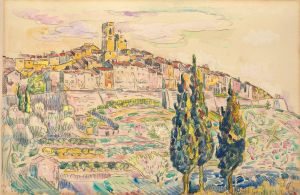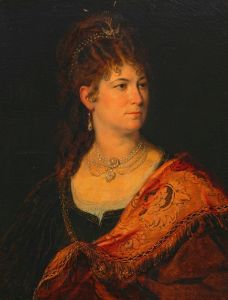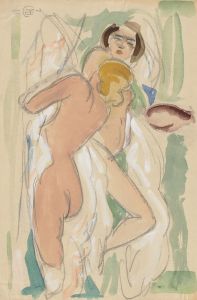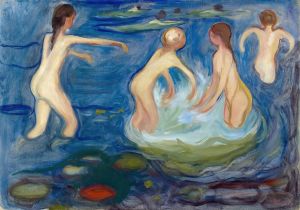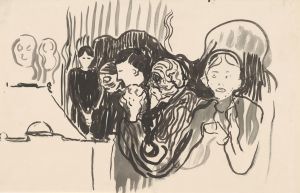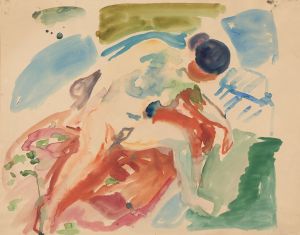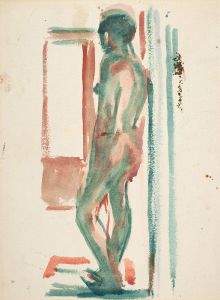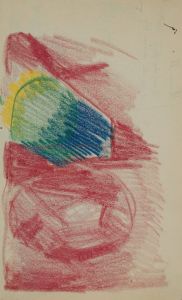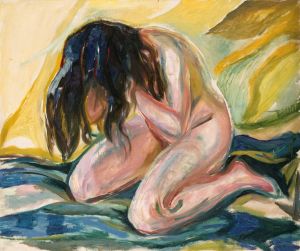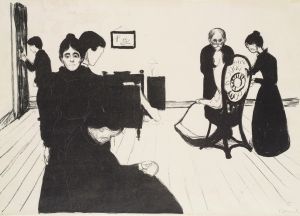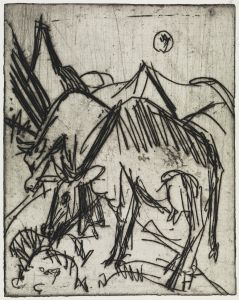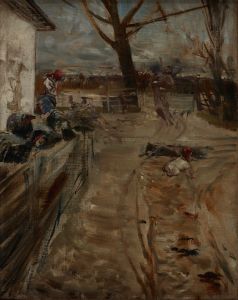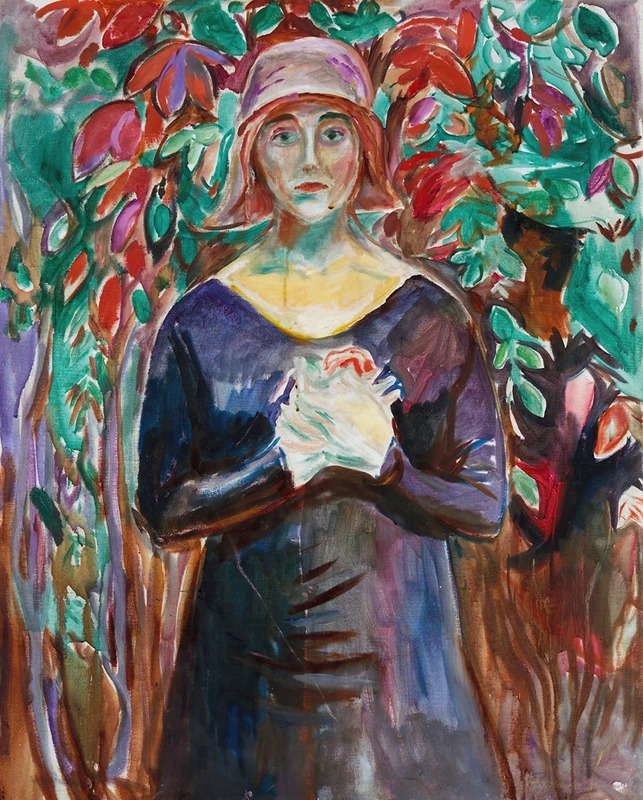
Model in the Garden
A hand-painted replica of Edvard Munch’s masterpiece Model in the Garden, meticulously crafted by professional artists to capture the true essence of the original. Each piece is created with museum-quality canvas and rare mineral pigments, carefully painted by experienced artists with delicate brushstrokes and rich, layered colors to perfectly recreate the texture of the original artwork. Unlike machine-printed reproductions, this hand-painted version brings the painting to life, infused with the artist’s emotions and skill in every stroke. Whether for personal collection or home decoration, it instantly elevates the artistic atmosphere of any space.
Edvard Munch, a Norwegian painter renowned for his evocative and emotional style, created a wide array of artworks that explored themes of existentialism, love, anxiety, and death. Among his extensive body of work, "Model in the Garden" is one of the paintings that reflect his unique approach to capturing human emotion and the natural world.
"Model in the Garden" was painted during a period when Munch was deeply engaged with the Symbolist movement, which sought to express ideas and emotions through symbolic imagery and color. This painting is believed to have been created in the early 20th century, a time when Munch was exploring new techniques and themes, often focusing on the interplay between figures and their environments.
The painting depicts a female figure, presumably a model, situated in a garden setting. Munch's use of color and brushwork in this piece is characteristic of his style, where he often employed bold, expressive strokes and a vivid palette to convey mood and emotion. The garden setting is lush and vibrant, suggesting a sense of life and growth, which contrasts with the introspective pose of the model. This juxtaposition is a common theme in Munch's work, where he frequently explored the tension between the external world and internal experience.
Munch's choice of a garden as the setting for this painting may reflect his interest in nature and its symbolic meanings. Gardens are often associated with themes of paradise, fertility, and the cycle of life, which align with Munch's broader artistic concerns. The model's presence in the garden could symbolize a connection between humanity and nature, a recurring motif in Munch's oeuvre.
Throughout his career, Munch was influenced by various artistic movements, including Impressionism and Post-Impressionism, which can be seen in his use of color and light in "Model in the Garden." However, his work is distinct in its psychological depth and emotional intensity, setting him apart from his contemporaries. Munch's exploration of the human psyche and his ability to convey complex emotions through his art have made him a pivotal figure in the development of modern art.
"Model in the Garden" exemplifies Munch's ability to blend naturalistic elements with symbolic content, creating a work that is both visually striking and emotionally resonant. The painting invites viewers to contemplate the relationship between the individual and their surroundings, a theme that is central to much of Munch's work.
While specific details about the creation and exhibition history of "Model in the Garden" may not be extensively documented, the painting remains an important part of Munch's artistic legacy. It reflects his ongoing exploration of human emotion and the natural world, themes that continue to resonate with audiences today. Through works like "Model in the Garden," Edvard Munch has left an indelible mark on the art world, influencing generations of artists and shaping the course of modern art.





